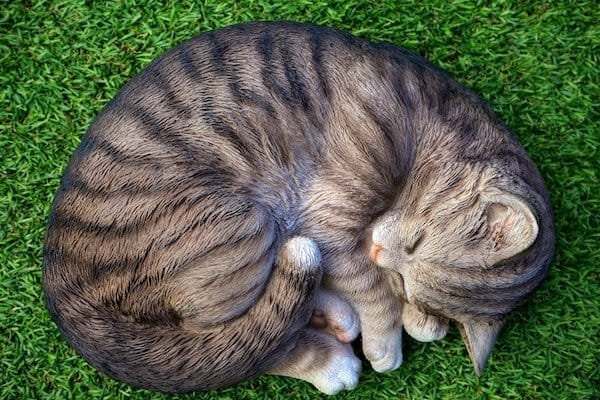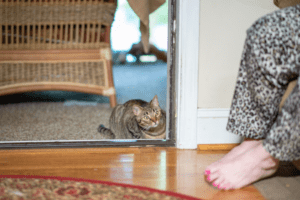Have you ever wondered that Why Does My Cat’s Tail Vibrate? Cats are fascinating creatures, and one of their most intriguing behaviors is the vibration of their tail. You may have noticed your cat’s tail vibrating while they were sleeping, or when you were petting them. But what exactly does this behavior mean?
In this article, we’ll explore the reasons why cats’ tails vibrate and what it could indicate about their mood and health.
Table of Contents
Understanding a Cat’s Tail
Before we discuss why cats’ tails vibrate, it’s essential to understand the role of a cat’s tail in their body language. A cat’s tail is an important tool for communication; it helps them express their emotions and intentions to other cats and humans. A cat’s tail position, movement, and behavior can all convey different messages.
Why Does My Cat’s Tail Vibrate?
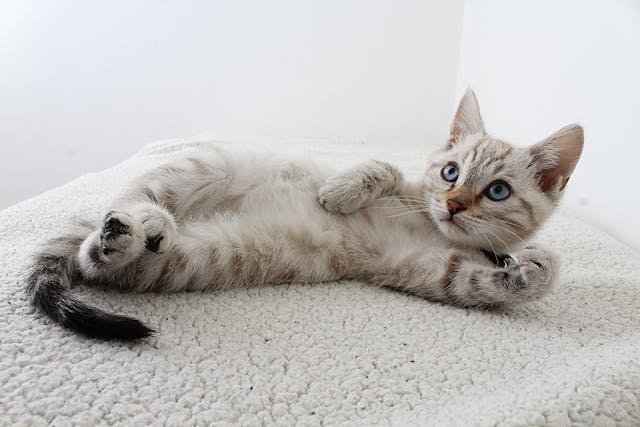
There are several reasons why cats vibrate their tails. Let’s take a closer look at each of them.
1. Contentment
One of the most common reasons for a cat’s tail to vibrate is contentment. When your cat is in a relaxed and happy state, they may start wagging their tail slowly. This gentle movement is usually accompanied by purring, kneading, and other signs of contentment.
2. Excitement
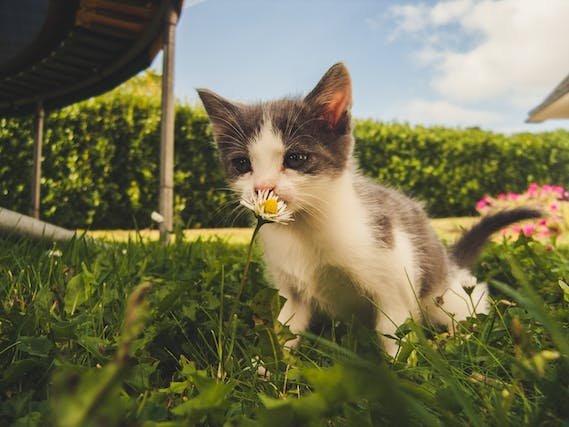
Sometimes, cats may vibrate their tails when they are excited. This can happen when they are anticipating something fun or getting ready to play. You may notice your cat’s tail vibrating as they stalk their toy or before pouncing on it.
3. Frustration
On the other hand, a vibrating tail can also indicate frustration in cats. This may happen when your cat is trying to catch something but failing repeatedly, or when they are unable to reach a desired object.
In such situations, the vibration of the tail may be accompanied by other signs of agitation, such as twitching ears or a tense body posture.
4. Fear or Aggression
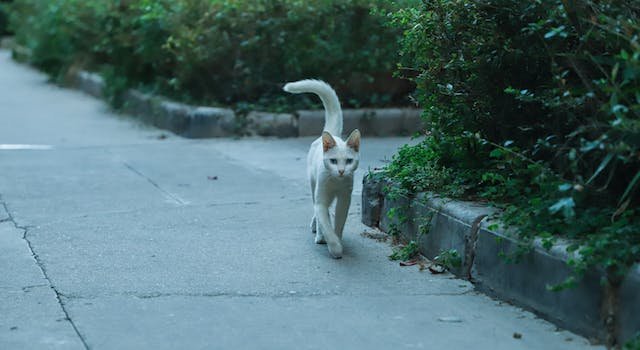
In some cases, cats may vibrate their tails when they feel scared or threatened. It’s a sign that your cat is on high alert and ready to defend itself if necessary. This behavior is often accompanied by dilated pupils, flattened ears, and a crouched body posture.
5. Medical Issues.
In rare cases, a cat’s tail may vibrate due to underlying medical issues. Nerve damage or neurological disorders can cause involuntary tail movements in cats. If you notice your cat’s tail vibrating constantly and excessively, it’s best to consult a veterinarian to rule out any potential health problems.
Tail Wags and Twitches: What Cats Mean to Say
Your cat’s tail movements can reveal something about her emotions if she is sitting. She is probably feeling attentive and interested in whatever going on if her tail is twitching back and forth at the end. But if her tail is wildly flicking from side to side, she’s probably upset, excited, or agitated.
Understanding Tail Language May Make All the Difference
Going from being in the dark about your cat’s feelings to being aware of them can have a significant positive impact on your bond with them. Cats are complex, sensitive animals that get by on a blend of intuition and reason to get through each day.
Gaining knowledge about your cat’s likes, loves, dislikes, and anxieties may improve your relationship with her and help her have a better quality of life.
Conclusion
As we can see, there are various reasons why cats vibrate their tails, and they all convey different messages. Understanding your cat’s body language can help you better communicate with them and build a stronger bond.
Read Also: How To Treat A Bird Attacked By A Cat?

